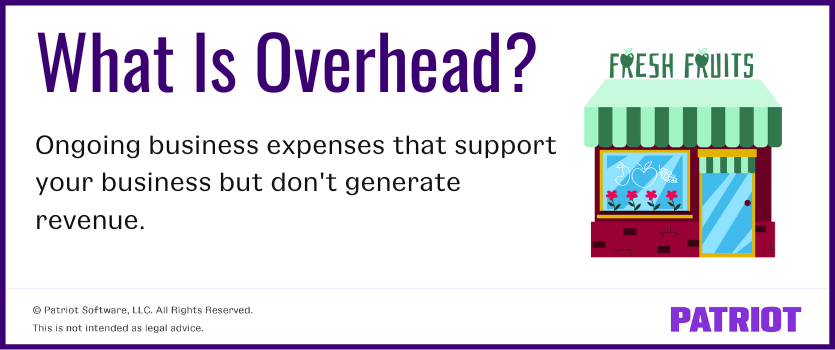An overhead budget is a financial plan that outlines a company’s anticipated expenses for indirect costs, which are expenses that cannot be directly attributed to a specific product or service. These costs are shared across various departments or products and include items such as rent, utilities, salaries of administrative staff, and depreciation.
Key Components of an Overhead Budget
- Indirect Labor: Costs associated with employees who support the production process but are not directly involved in creating products or services.
- Indirect Materials: Supplies and materials used in the production process but not directly incorporated into the final product.
- Factory Overhead: Costs related to the factory or manufacturing facility, such as rent, utilities, insurance, and maintenance.
- Selling and Administrative Expenses: Costs associated with selling and managing the business, including marketing, advertising, sales commissions, and general administrative expenses.
Benefits of Creating an Overhead Budget
- Cost Control: Helps identify and manage overhead costs to improve profitability.
- Resource Allocation: Ensures that resources are allocated effectively to support operations.
- Decision Making: Provides valuable information for making informed business decisions.
- Performance Evaluation: Allows for comparison of actual overhead costs against budgeted amounts.
Methods for Allocating Overhead Costs
- Direct Labor Hours: Allocates overhead based on the amount of direct labor hours used.
- Machine Hours: Allocates overhead based on the number of machine hours used.
- Direct Materials Cost: Allocates overhead based on the cost of direct materials used.
- Plant-Wide Overhead Rate: Allocates overhead using a single rate based on a predetermined allocation base.
Creating an Overhead Budget
- Identify Overhead Costs: List all indirect costs that are relevant to your business.
- Estimate Costs: Determine the expected cost for each overhead item based on historical data, market trends, and other relevant factors.
- Select an Allocation Method: Choose an appropriate method for allocating overhead costs to products or services.
- Calculate Overhead Rates: Determine the overhead rate for each product or service based on the selected allocation method.
- Apply Overhead Rates: Apply the overhead rates to the direct costs of each product or service to determine the total cost.
By creating and managing an overhead budget, businesses can improve their cost control, decision-making, and overall financial performance.
Would you like to know more about specific overhead cost allocation methods or have questions about creating an overhead budget for your business?










+ There are no comments
Add yours